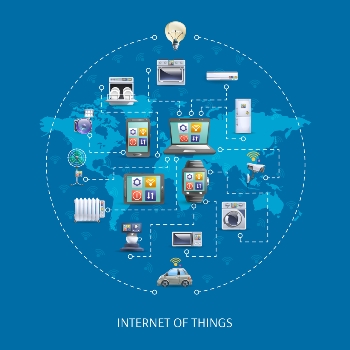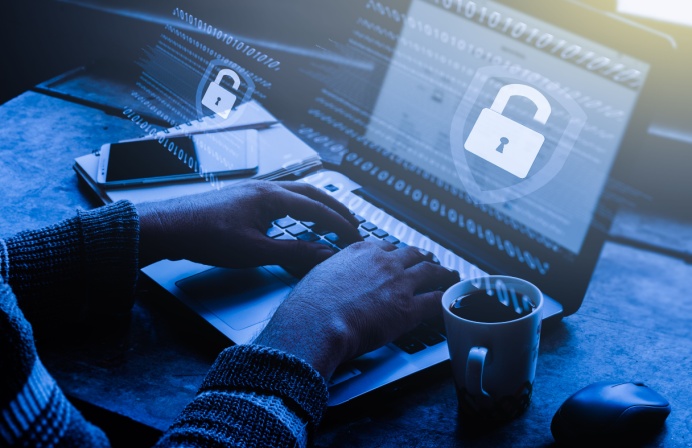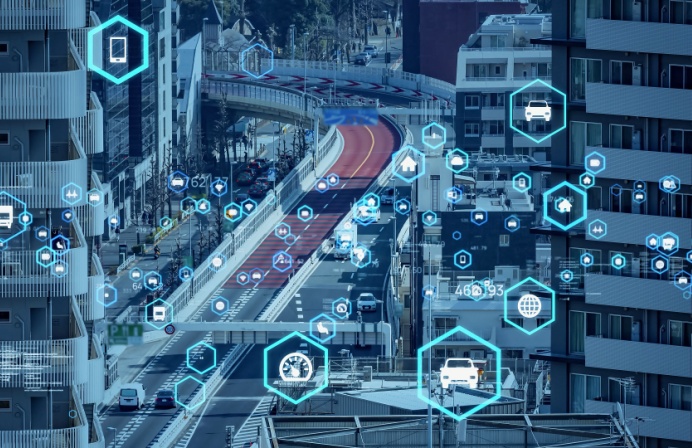
Internet of Things (IoT) hub launched in Sydney, galvanising government, ICT and education partners.
Government and industry stakeholders have weighed in behind the Internet of Things (IoT) technology. A new alliance galvanises NSW Primary Industries, CSIRO and the University of NSW, among other partners. This latest alliance brings together technology knowhow and expertise to support a dedicated Innovation Central Sydney hub.
This centre leverages IoE platforms to initially support services around agriculture, smart cities and transport. The integration focus is around the cloud, analytics, cyber security and IoT network platforms.
As the core investment partner, US networking giant Cisco is investing US$15 million over five years into two centres. These incorporate the Sydney hub, and another located in Perth.
The Sydney centre combines know-how with Cisco’s established centre in Perth. There are eight other Cisco Innovation Centres in Rio de Janeiro, Toronto, Songdo, Berlin, Barcelona, Tokyo, London and Paris. The Sydney centre is located at ATP Innovations, one of Australia’s leading technology incubator and community of technology entrepreneurs.
US$74 billion for Australian economy.
Digitisation, data and the IoT offer new economic opportunities for the private and public sectors. Among recent trends, McKinsey estimates that digitisation could add up to $2.2 trillion to annual GDP by 2025. For Australia, Cisco has capped the “value-at-stake” from the IoT investments at more US$74 billion over the next 10 years.
According to Adrian Turner, CEO, Data61, the latest alliance helps build and extend relationships in the local and global IoT ecosystem.
“This will also facilitate deeper collaboration and high impact outcomes with Cisco and other partners around our cyber security and data analytics research,” he said.
Professor Mark Hoffman, Dean of Engineering, at the University of NSW noted that this alliance also strengthens linkages between industry and the research sector.
“It will enable Internet of Things and cyber security research to be undertaken by postgrads and undergrads that will also lead to new businesses, jobs and careers in the field.”
Dr Alan Finkel, Australia’s chief scientist, added that the IoT “isn’t just a refrigerator connected to the internet.” This concept of connecting people, places and processes goes much deeper and will transform the way services are delivered.
There are currently 10 billion objects connected via the internet. By 2020, nearly 50 billion devices will be connected by the internet. These connections incorporate computer chips, sensors, smartphones, devices, and networking infrastructure. Intelligent machines, electricity, air, sea and land transport systems join the grid.





